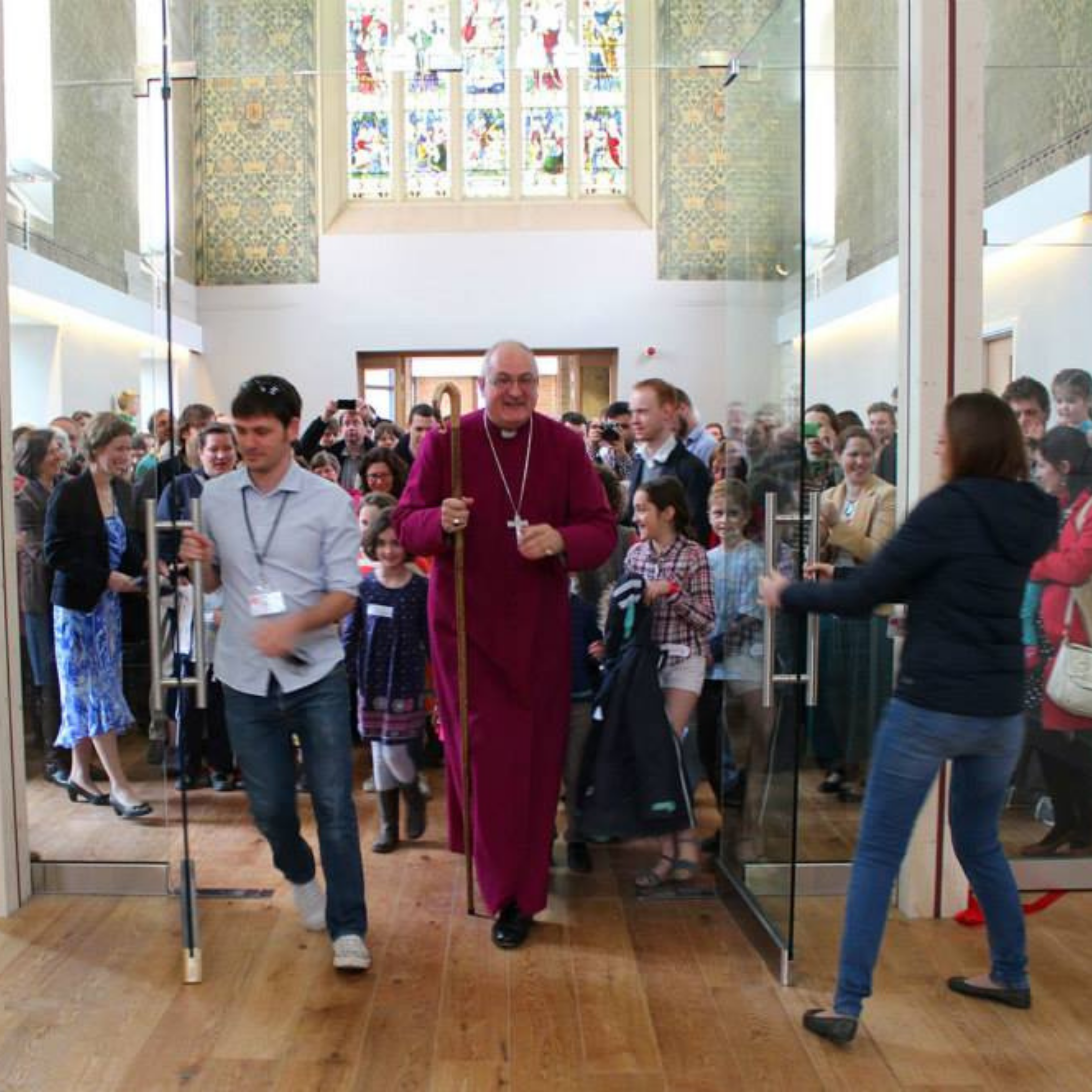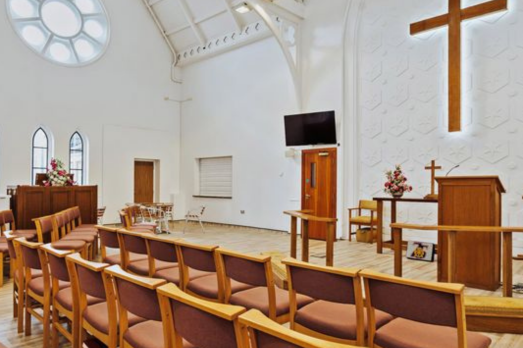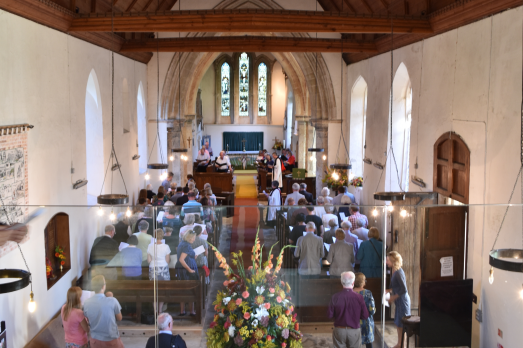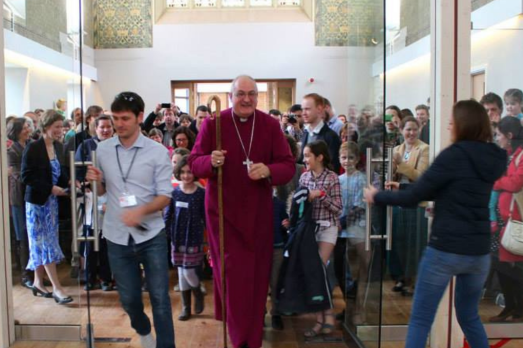Nigel Walter is a trustee of the National Churches Trust and a Specialist Conversation Architect. As director of Cambridge-based firm Archangel Architects for over 20 years, Nigel works with churches across many denominations to create a better fit between buildings and communities.
Nigel recently spoke about his 'narrative approach' developed to address the nature and challenges of living religious heritage at an online masterclass for the Future for Religious Heritage (FRH), a not-for-profit organisation of charities and conservation professionals working to protect religious heritage buildings across Europe. He says:
"Central to living heritage is the core community, the specific group that first created the building and that sustains its original function. And a key theme is continuity – of original use, of community, of culture, and of care. This leads to a dynamic view of historic buildings that not only accepts but celebrates a degree of ongoing change."
Nigel outlined the narrative approach:
"[It] allows a greater role for the core community, acknowledging their unique expertise – an unparalleled knowledge of their location and their wider local community. Of course, not all change is good, but the narrative approach provides a framework for discerning constructive from destructive change.
The narrative approach sees living buildings as still being in development. The narrative is not completed, but ongoing. Church buildings have typically changed multiples times over their long history. Those changes account for their multi-layered character, and often for their very survival – change is in their nature."
"It seems strange, therefore, that anyone would think it appropriate to halt that change in the name of ‘preservation’. Instead, the narrative approach sees a historic church building like an unfinished novel. Our task in the present is to write the next chapter.
But it is not enough to simply write anything. For this novel to retain its coherence, the community must fully understand the chapters to date, compose a creative new chapter in the present – and leave plot lines open for the future. The key concern is to maintain the coherence of the building’s story, and allow scope for coming generations to develop that story further.
The narrative approach has the highest regard for the past, but also a profound respect for the creativity of the local community in the present, and rejoices in future changes still to come.
Underlying the narrative approach is the understanding the heritage we look to conserve is not to be found exclusively in the physical fabric of the building, or the community that uses and cares for it, but in the nexus – literally the binding together – of the two.
It’s that nexus of people and place that should be our focus. As Frankish emperor Lothar I said in the ninth century: ‘All things change, and we change with them.’"




